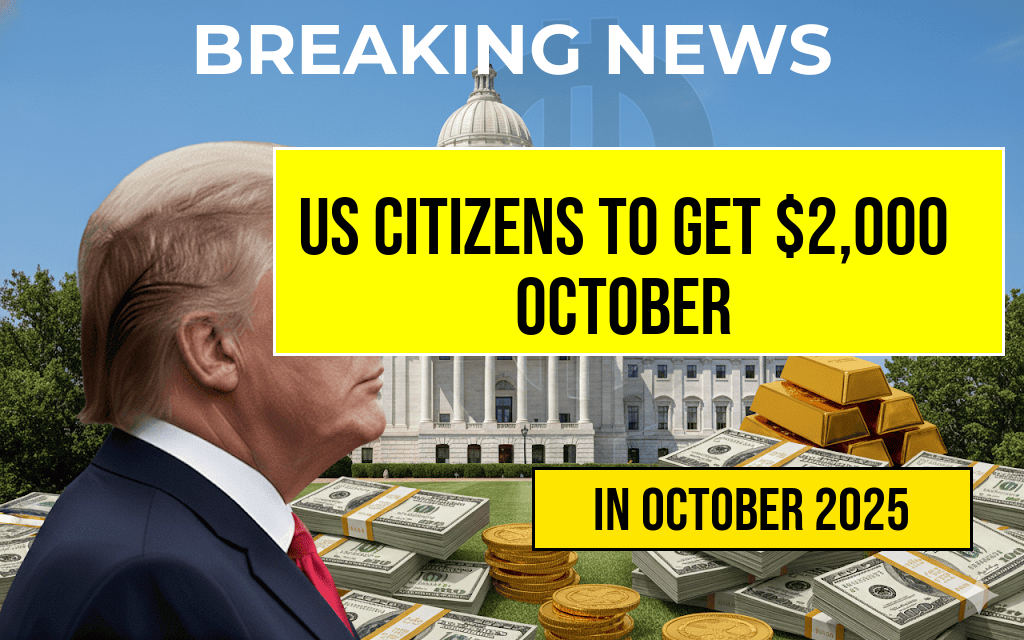As the gig economy continues to expand, many individuals engage in side activities that generate supplemental income. A key threshold for tax reporting and compliance centers around the Form 1099-K, which is issued by payment processors like PayPal, Venmo, and others. The IRS mandates that payment platforms send taxpayers a 1099-K form if they receive over $20,000 in gross payments and conduct more than 200 transactions within a calendar year. Recently, there has been increased awareness about how this threshold impacts small-scale sellers and freelancers, prompting many to question whether crossing that line is necessary or risky. This article explores the nuances of the 1099-K reporting threshold, helping side hustlers understand when they might trigger tax obligations, and how to manage their income to stay within safe limits.
Understanding the 1099-K Threshold and Its Implications
The Form 1099-K is designed to assist the IRS in tracking taxable income received via third-party payment networks. For years, the threshold was set at $20,000 in gross payments from more than 200 transactions. This means that if an individual or business exceeds these limits, their payment processor is legally required to issue a 1099-K, which the IRS also receives. The form reports the total gross income processed through the platform, regardless of whether all that income is taxable or not.
However, recent legislative discussions and IRS proposals have considered lowering the reporting threshold to $600, aligning it with the 1099-NEC threshold for independent contractors. While this change has yet to be finalized, it highlights the importance for side hustlers to understand their income streams and record-keeping practices.
Why Does the $20,000 Threshold Matter?
- Tax reporting accuracy: The threshold determines when you receive a 1099-K, which serves as a tax reporting document. If your income stays below $20,000 and your transactions are fewer than 200, you won’t receive a 1099-K from payment processors, though you are still legally obliged to report all taxable income.
- Audit risk: While not receiving a 1099-K doesn’t exempt you from reporting income, it can lead to discrepancies if the IRS detects unreported earnings. Staying below the threshold minimizes the likelihood of triggering IRS notices or audits related to online transactions.
- Record-keeping simplicity: Maintaining income below the threshold allows side hustlers to avoid the complexity of detailed reporting, especially if their activity is sporadic or small-scale.
How to Manage Your Side Income to Stay Under the Threshold
Many individuals engaged in informal selling or gig work wonder if they should intentionally limit their earnings. While deliberately underreporting income is illegal, understanding the threshold helps in planning and record-keeping. Here are strategies for managing side hustle income responsibly:
Monitor Payment Flows Regularly
Use financial tracking tools or accounting software to oversee total gross payments received through platforms like PayPal, Venmo, or Stripe. This helps prevent accidental crossing of the $20,000 mark.
Separate Personal and Business Transactions
Creating dedicated accounts for side business activities simplifies tracking and ensures clarity in income reporting. This approach also aligns with IRS recommendations for small business bookkeeping.
Adjust Activity Levels if Necessary
- If expecting to earn close to the threshold, consider spreading income across multiple platforms or delaying some transactions.
- Be aware of how the IRS defines gross payments; certain refunds or returns may reduce net income and impact reporting thresholds.
Reporting Requirements Beyond the 1099-K
Whether or not a 1099-K is issued, all taxable income must be reported on your tax return. For example, if side hustle earnings are from freelance services or selling goods, they should be included on Schedule C (Profit or Loss from Business). Failure to report income can lead to penalties and interest, regardless of whether a 1099-K was received.
Additional IRS Considerations
| Threshold | Reporting Requirement | IRS Focus |
|---|---|---|
| $20,000 in gross payments & over 200 transactions | Payment processors issue 1099-K | Income tracking and compliance |
| Below $20,000 or fewer than 200 transactions | No 1099-K issued, but income still taxable | Self-reporting responsibility |
Final Considerations for Side Hustlers
Understanding the 1099-K threshold empowers individuals to make informed decisions about their side activities. While there is no obligation to deliberately limit earnings, awareness of the reporting limits helps in maintaining compliance and avoiding unnecessary tax complications. Experts recommend keeping detailed records of all income and expenses, regardless of whether a 1099-K is issued, to ensure accurate tax filings and to substantiate income in case of audits.
For those who anticipate earning more than the threshold, consulting a tax professional can optimize tax strategies and ensure compliance with IRS rules. As the gig economy evolves, staying informed about regulatory updates and maintaining meticulous records will remain essential for responsible side hustle management.
For more information on IRS reporting thresholds and small business taxes, visit Wikipedia’s overview of U.S. taxation or consult Forbes’ guide on side hustle taxes.
Frequently Asked Questions
What is the 1099-K form and when is it required?
The 1099-K form is a tax document used to report payment card and third-party network transactions. It is required when a taxpayer receives over $20,000 in gross payments and has more than 200 transactions within a calendar year.
Why should I be aware of the threshold for 1099-K reporting in my side hustle?
Understanding the threshold helps you avoid unnecessary tax reporting obligations. If your total payments from a side hustle stay below $20,000, you typically won’t receive a 1099-K, simplifying your tax filing process.
How can I avoid exceeding the 1099-K reporting threshold
You can manage your side hustle by tracking your income and payments, and keeping your total gross payments below $20,000. This way, you can operate without triggering 1099-K reporting requirements.
What are the tax implications if I exceed the $20,000 threshold?
If your payments surpass $20,000 and you have more than 200 transactions, you will receive a 1099-K. This means your income must be reported on your tax return, and you may owe taxes accordingly.
Is it necessary to report income below the $20,000 threshold even if I don’t receive a 1099-K?
Yes, all income from your side hustle should be reported on your tax return regardless of whether you receive a 1099-K. The form is just a reporting mechanism; you’re responsible for reporting income accurately.





